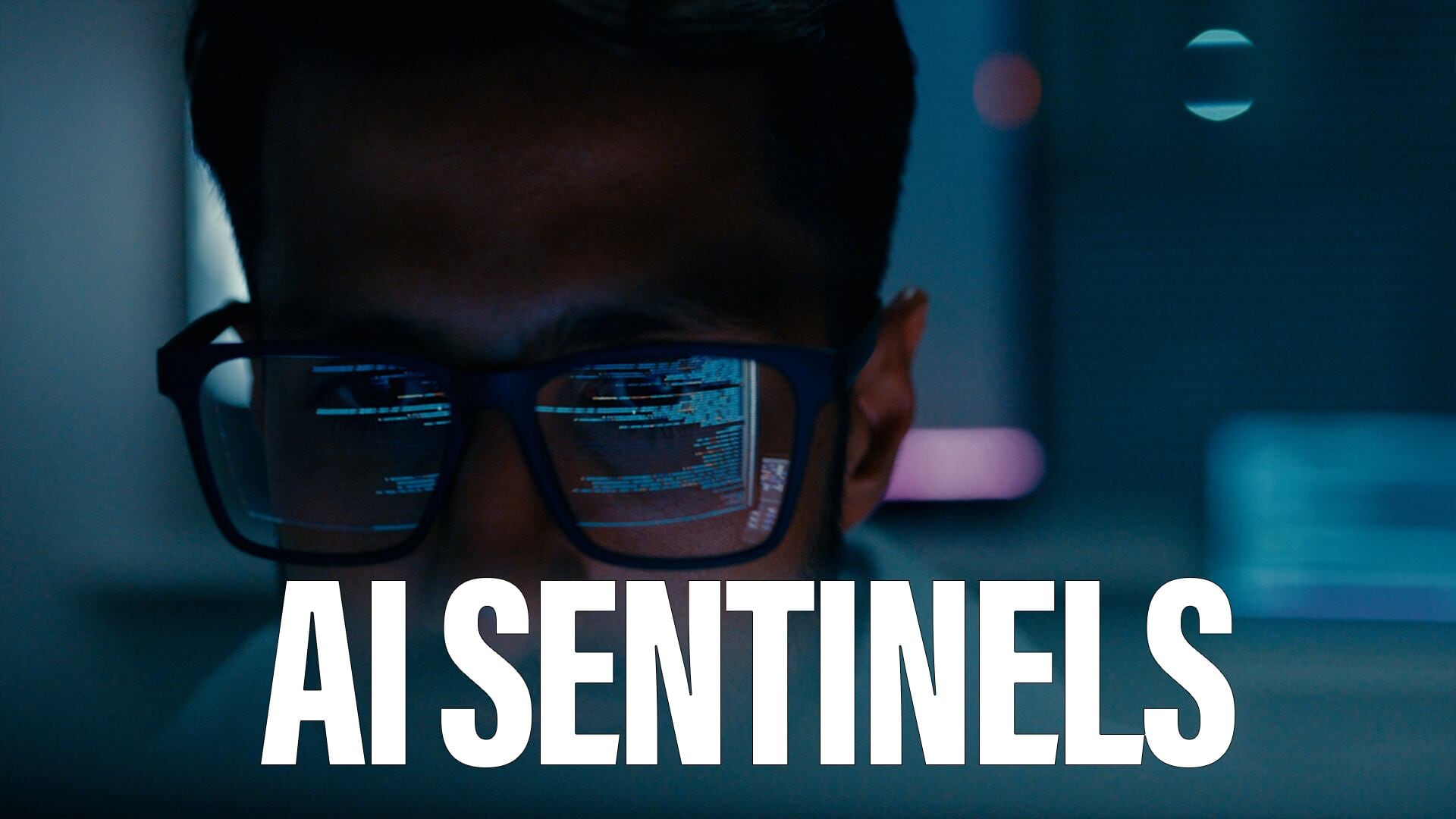WASHINGTON — The director of the Department of Defense’s artificial intelligence clearinghouse hopes a new initiative will help combatant commands better make use of the department’s data.
The new Artificial Intelligence and Data Accelerator, or AIDA, is housed within the Joint Artificial Intelligence Center.
“We’re just now discovering what is the state of our data. Everybody loves to say that the Department of Defense has all kinds of data. It does. Most of it’s crap,” Lt. Gen. Michael Groen, director of the JAIC, said during a pre-recorded interview shared at the Billington Cybersecurity Summit.
“How do we figure out where is the useful stuff so that we can get it into decision making processes and decision flow?” he continued. “There’s the data discovery and the data management aspect of this.”
Defense officials have previously discussed the importance of understanding and acting upon the vast sums of data the Pentagon collects. Artificial intelligence is considered critical to sifting through these large volumes.
Groen said as the department looks to institutionalize artificial intelligence, commanders and organizations will have to think differently about how data can drive decision making.
“This is new. It represents a whole new operating model for the department,” he said. “All of the things the Department of Defense does — our mission doesn’t change, but the way we execute that mission has to change. It has to become data driven.”
AIDA is aiding in that effort by helping to identify use cases for combatant commands.
“We are not rewriting the book for a combatant command environment. What we’re doing is working with their staff to find out what their most pressing problems are and then finding ways to use AI, perhaps, to make those processes better,” Groen said.
The hope, he said, is that as this is done more frequently, it should create a library or an app store kind of capability for combatant commands to draw algorithms from. Most of the combatant commands share the same problems; they can use this library to pull algorithms to addres certain challenges, while allowing tailoring to specific problems.
All this is building towards a joint operating system, Groen said.
“Think any other operating system where things have a common look and feel, things fit together purposefully and it’s widely available through an app store kind of environment. This is what we want to jump start through AIDA,” he said. “How do we get the department to act as one entity so we truly do have all-domain command-and-control, any sensor informing any decisionmaker across the environment. That’s what AIDA is all about.”
AI acquisition
Groen also said acquisition authority is critical for his organization.
“What our acquisition authority ... allows us to do is really start to, again, create an ecosystem for contracting officers and those who deal with normal contracting, teach them how to be really good AI contractors or data contractors,” he said. “We’re building a cadre of professionals. We’re doing this in concert with the Defense Acquisition University.”
Groen highlighted consortiums that allow the department to advertise its needs. These consortiums widen the aperture for commercial businesses that might have useful tools, but aren’t traditional defense contractors, he said.
They make it easier for smaller “mom and pop” AI companies to play in this space, Groen added.
Mark Pomerleau is a reporter for C4ISRNET, covering information warfare and cyberspace.








